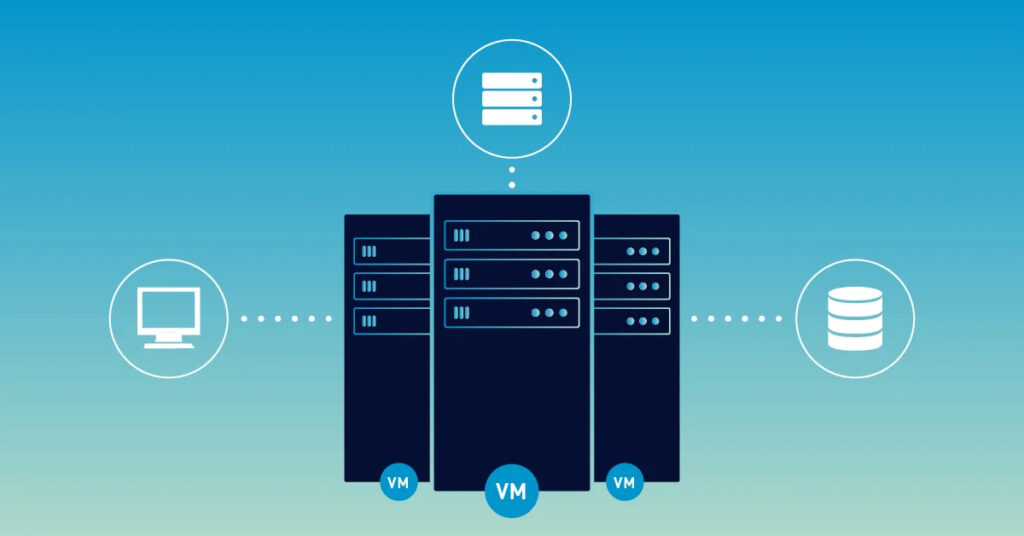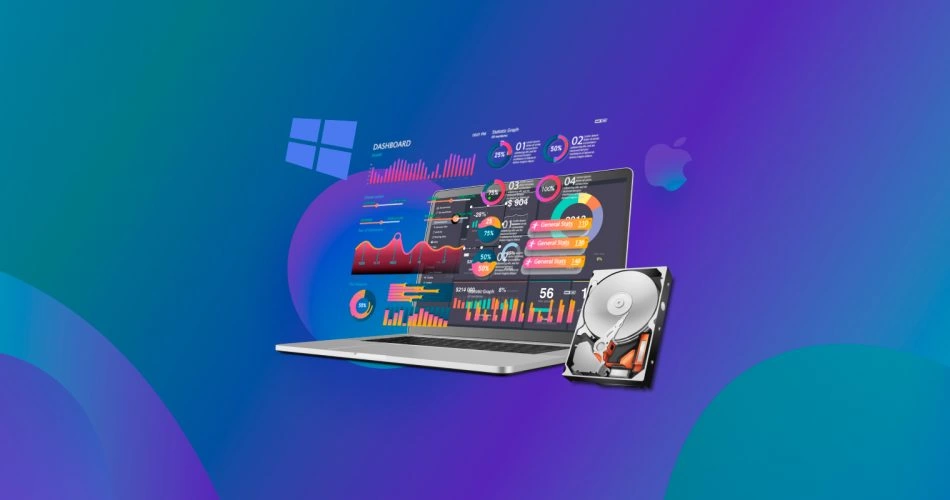Datacenter teams are discovering that the agility, simplicity, and scale required to support complex digital transformation initiatives cannot be achieved by purchasing individually managed silos of data center resources or simply checking the “check box” next to applications programming interfaces.
As a consequence, IT businesses all over the globe are migrating their resources away from isolated servers, networking, and storage systems and toward converged infrastructure solutions that can be controlled centrally with tools that provide unprecedented degrees of automation.
HCI solutions are increasingly aimed at mission-critical workloads, are greater in size, and are employed by diverse businesses. According to previous studies, the most frequent workloads operating on HCI systems were business applications (ERM, financial management, supply chain management, CRM, payroll/accounting). HCI also operates collaboration and content applications, structured data analytics, and structured data management applications. According to one study, the adoption of HCI for mission-critical business applications will continue to rise.

What Is Hyper-Converged Infrastructure?
Hyper-converged is a shift away from conventional ‘three-tier’ IT infrastructure and toward an architecture that integrates networking, storage, and computing in a software-defined manner. Hyper-converged infrastructure also interfaces with any cloud management software.
Many organizations considered virtualizing portions of the ‘conventional’ IT stack to build virtual machines in the early 2000s. While this had numerous advantages, it could soon become expensive and time-consuming to administer.
HCI is the next step in this progression, in which a company may reap the advantages of virtualization while bringing all levels of the IT stack together in one location, reducing complexity.
Said HCI makes creating, deploying, and maintaining applications simpler. This is further helped by software that improves ease of use and administration while lowering total ownership costs.
According to research published this year, the worldwide HCI industry will more than triple over the next five years, rising from $7.8 billion to $27.1 billion by 2025.
This demonstrates how many businesses are reaping advantages such as lower capital expenditure and overhead expenses and a sharper emphasis on resilience as a strategic objective.
Future Hyperconverged Solution Requirements
While the workloads running on hyperconverged systems show how quickly the HCI industry has come, more must be supplied to promote future market development. Modern HCI solutions must fill critical feature/capability gaps in conventional data center architecture, enabling an IT department’s migration to public and private cloud infrastructures. They must also support a growing demand for data center organizational change.
The following are the most significant characteristics and features that a contemporary HCI solution must have to remain relevant as enterprises seek increased HCI use cases inside their data centers:

Integrate With a Variety of Public Clouds
To provide a seamless hybrid, multi-cloud experience, modern hyper converged infrastructure appliance solutions must include a private cloud platform that can be readily linked with hyper-scale public cloud providers. The following features are necessary to do this:
- Utilization of service catalogs for on-premises resource and workload deployment
- Automated bursting and support for extremely portable workloads
- The ability to transport data seamlessly across on-premises, private clouds, and public clouds to satisfy the ever-changing demands of a broad workload portfolio.
- Reduce management complexity to lift better and move applications from private clouds to trusted hyper-scalers and back as the business needs.
- Container support to expedite the creation of new services
- Support for resource usage chargeback
Create a Shared Data Fabric for Public and Private Clouds
Because of its scale-out, software-defined, highly automated design, a specialist believes hyper converged technologies have become a suitable platform for on-premises, private cloud deployments. However, it is critical to remember that the function of clients’ cloud-based IT solutions is to take in, transport, and utilize data regardless of where it is generated or resides.
As a result, a truly optimized hyper converged-based private cloud should be regarded as part of a larger, hybrid public/private cloud ecosystem that provides a “lingua franca” (or data fabric) that promotes common data services for efficient data placement, movement, and use across a true hybrid multi-cloud environment.
Furthermore, a data network enables IT organizations to integrate newly installed HCI systems into their data centers without introducing extra administrative silos.

Application Performance Protection
With the rising adoption of hyperconverged infrastructure comes the requirement for HCI solutions that offer higher main workload density. As a result, support for predictable and guaranteed performance levels inside such systems is one of the essential feature gaps that HCI solutions must solve. Increased task density increases the danger of resource contention.
Enable Organizational Transformation
Modern hyper converged technologies are also increasingly being considered to facilitate organizational change inside the data center.
As a result, current HCI systems must enable the consolidation of data center jobs/roles, allowing a single administrator to be responsible for virtualization, computing, and storage. This position consolidation will assist in freeing up time within the IT team for more creative initiatives and, in the long run, will help transfer human resources to other vital sections of the data center that promote innovation, new income streams, and client touch points rather than just preserving the status quo.
Scale Resources Independently
Many HCI systems grow by needing an extra node, increasing computing and storage resources. This is often known as linear scaling. The issue is that no data center expands linearly across all pools. Sometimes you need either more computation or more capacity, but not both.
HCI solutions must develop into a more elastic solution that evolves with business requirements rather than just IT vendor configuration requirements to meet these increasingly diversified requirements. If a place becomes “compute-intensive” or “storage intensive,” the infrastructure must be able to handle this without leaving resources stranded or asking users to install a full node with more computation or capacity than is necessary.

Conclusion
It is critical to highlight that organizations that do not embrace digital risk are falling behind. According to one expert, most CIOs are expanding recruiting from 2021 to accelerate digital projects.
The pandemic has increased consumer digital use even more, and there are no signs of old habits dying hard.
Hyper-converged infrastructure provides the underlying layer from which a firm may change for those still needing to be on that digital path.
After taking that initial step, it becomes abundantly evident how simple it is to make your infrastructure software-rich, therefore relevant to our world, and capable of supporting current apps.
With companies now preparing for expansion as the globe heals from the previous year, HCI offers the basis for every company to expand and modify its back-end infrastructure.
Hyper-converged infrastructure improves business resilience by better preparing your organization for potential crises that are not yet visible on the horizon.





